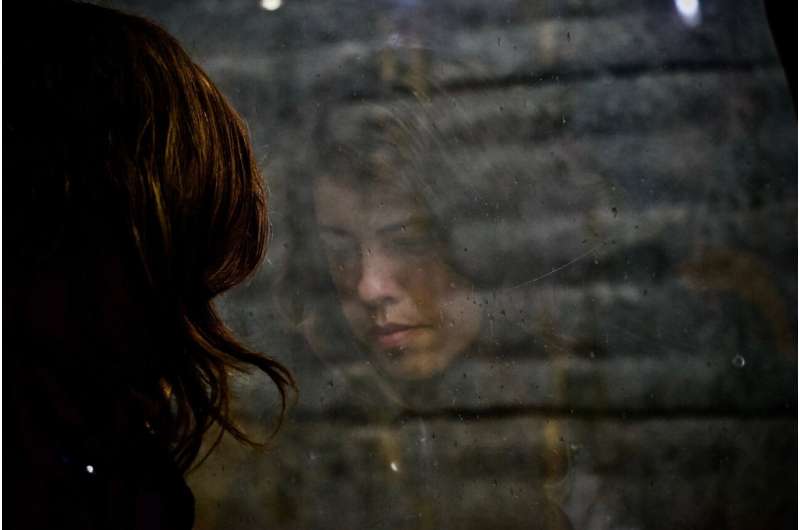This article has been reviewed according to Science X's editorial process and policies. Editors have highlighted the following attributes while ensuring the content's credibility:
fact-checked
trusted source
written by researcher(s)
proofread
How published images of a 'happy couple' can hurt victims of domestic abuse

According to the UK's Femicide Census, between 124 and 168 women have been killed by men in the country every year for the past 15 years. Most of these have been by current or former partners. These stories are, sadly, frequent and do not always make the news—but when they do, they must be told more sensitively.
Domestic abuse campaigners and charities have criticized a number of media outlets for publishing photos of happy couples, taken before the woman's attack or death at the hands of her partner. Critics say these images, often accompanied by language of surprise that "a nice guy" could commit such a horrific act, can hurt those affected by domestic abuse.
During my ongoing research into the reporting of domestic abuse, carried out with Women's Aid and the Independent Domestic Abuse Service (IDAS), I have spoken with survivors in focus groups and interviews about the impact of these images.
Participants have said that publishing such photos creates a false narrative of a relationship, misrepresenting the reality of the situation, and can feed into a perpetrator's belief that he hasn't done anything wrong.
One survivor, who was asked by newspapers and magazines for images of her and her ex-partner together, explained that when the perfect, happy, smiling images of a couple are published it can make the victim feel inadequate, as if it was her fault for not leaving the perpetrator.
There are, of course, many reasons people cannot or do not leave their abusers. Several participants explained they had no means to escape, while being subject to every type of abuse, leaving them stripped of any income or emotional strength. Other women told me these photos brought back traumatic memories of when they were in a toxic and damaging relationship.
The way media depicts domestic violence can affect the survivors depicted in the stories and their families, as well as others currently experiencing abuse. Research has found that: "News stories often blame victims, fail to convey [domestic violence's] prevalence or explore its causes, or generally provide decontextualized accounts of domestic violence."
Language matters
Another frequent criticism of domestic abuse press coverage is the language used—friends or neighbors stating the alleged perpetrator was a "nice guy" or "never seemed odd or aggressive"—can also be damaging.
As a journalist writing for mainstream publications for nearly three decades, I understand why reporters need to build a picture for their audience of who someone was. In some cases, it shows how manipulative the perpetrator was. In others, it is part of balanced reporting, especially when someone hasn't been convicted or the case isn't legally active.
However, this comes with the caveat that each case should be individually assessed, depending on the evidence available. Journalists should always be considerate of the effect their words have on victims, survivors and their families.
As the women I spoke to explained to me, perpetrators are very good at portraying one image to the outside world. But in reality, that can be the polar opposite of how they treat their victims. As the sexual-assault lawyer Ann Olivarius has pointed out: "Violent men ARE 'nice guys.' They're nice to everyone but the women they abuse. That's the whole point."
Domestic abuse charities have called for journalists to reframe the language we use in cases of domestic abuse. Women's Aid advise against using the term "domestic violence" and instead state "domestic abuse" should be used where possible, as domestic violence can send a message that if you are not being hit, then it doesn't count as abuse. Coercive control has been against the law since 2015.
This is similar to how the Samaritans produced guidelines to create change when reporting on suicide. As explained by Will Gore of the National Council for Trainee Journalists: "Samaritans has done an excellent job in raising awareness of the need for care when covering suicide—and of explaining the research which lies behind its advice for reporters. The simple fact is that good journalism in this arena saves lives."
The next stage of my research is to create an online resource for student journalists on how they can ethically and sensitively report on the subject of domestic abuse, which I hope to share with other journalism schools.
Provided by The Conversation
This article is republished from The Conversation under a Creative Commons license. Read the original article.![]()




















